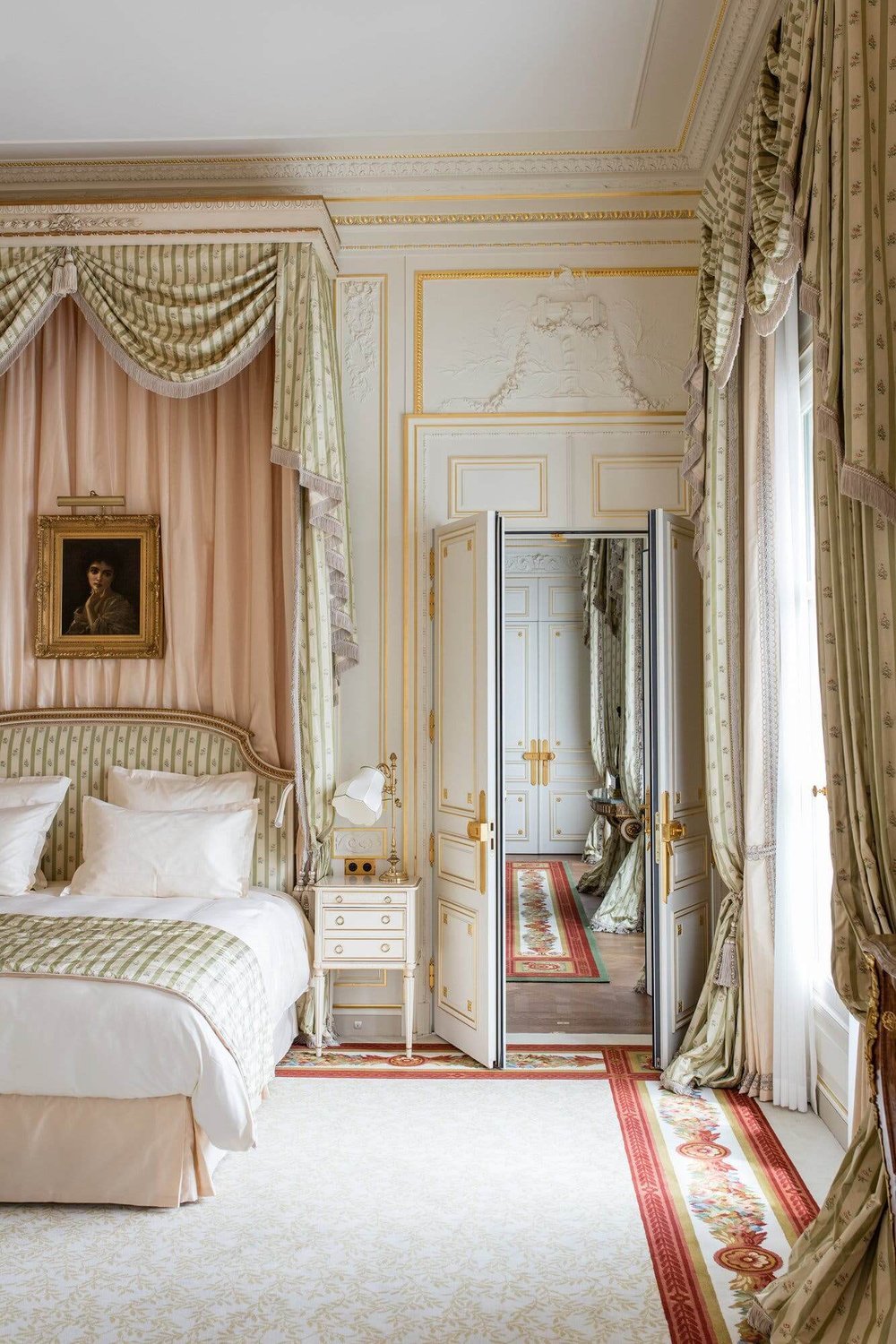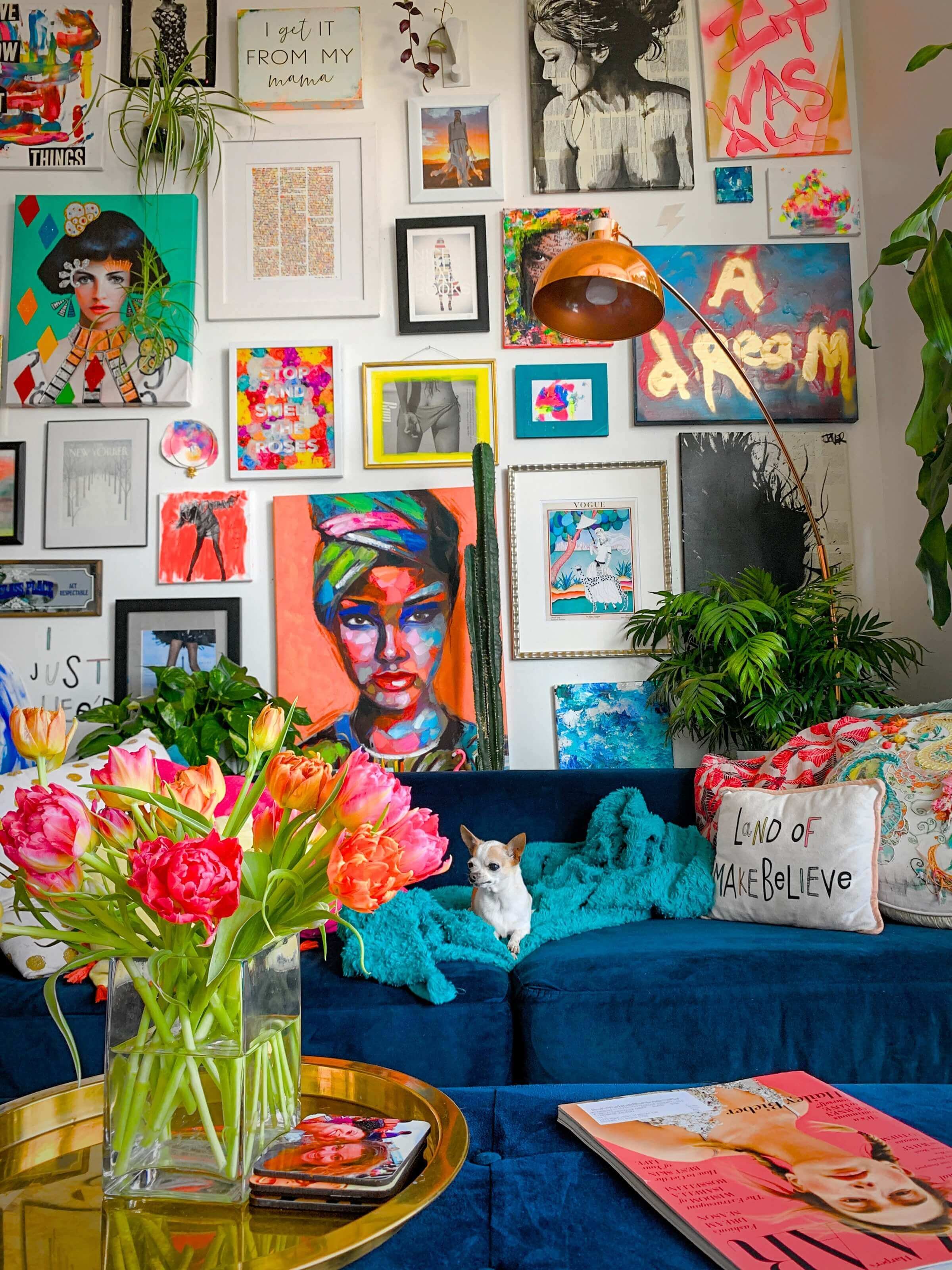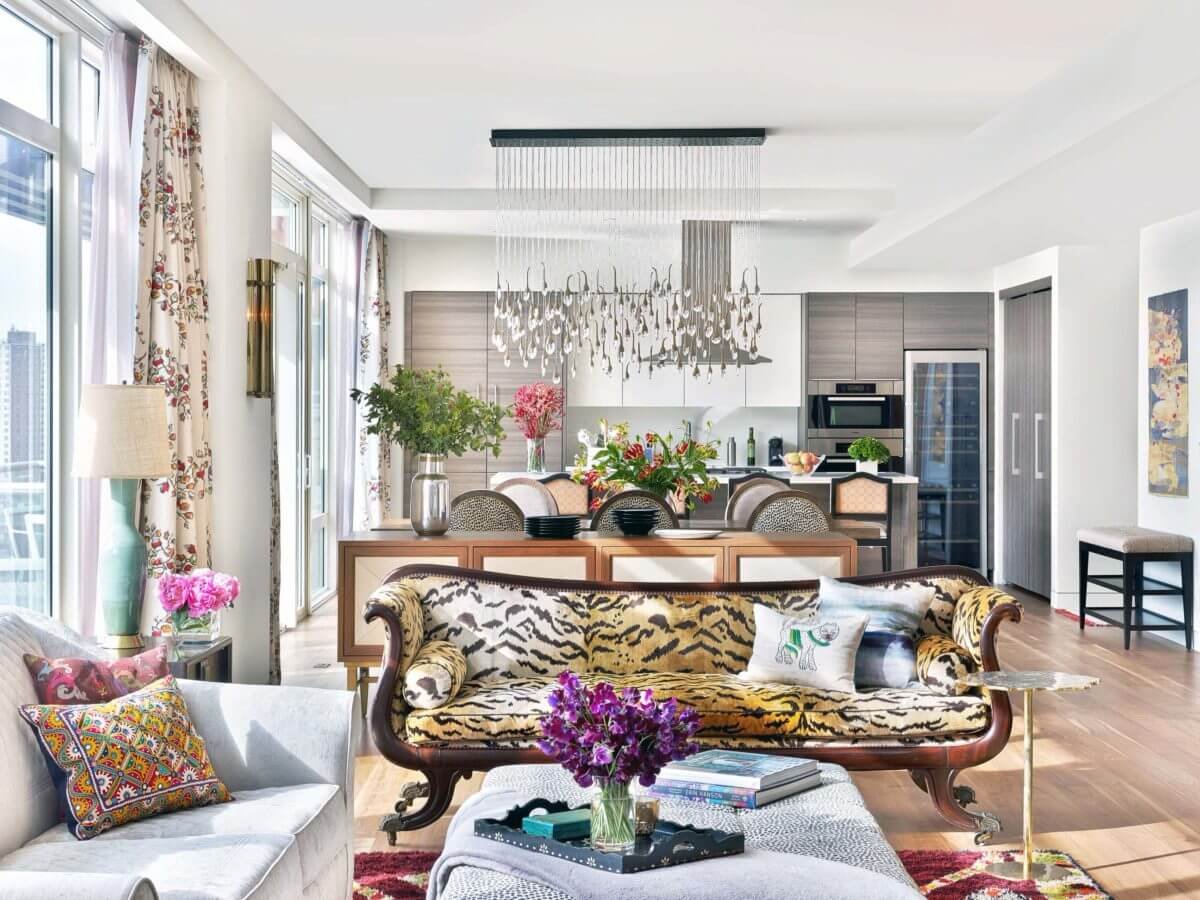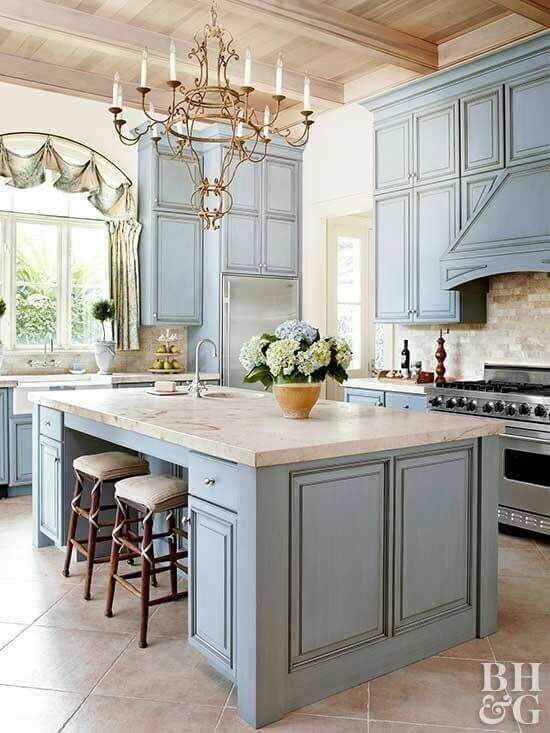Breaking Barriers: 3 Female Famous Interior Designers Who Made History
History is filled with amazing female interior designers who have made a remarkable impact on the industry. For years, Dorothy Draper, Florence Knoll Bassett, and Sister Parish broke through the preconceived conventions of design and defied the odds to create timeless designs that continue to inspire other women in the field today. They are among the most famous interior designers list in the U.S. Their commitment to modernity, innovation, and style have helped to shape our understanding of interior design in the 20th century. From Dorothy Draper's grandiose designs to Florence Knoll Bassett's pioneering modern furniture, these trailblazers of design set the foundation for new generations of women to take their place in the industry. In this article, we explore the lives and works of these remarkable female interior designers, their direct influence on the field, and how their designs continue to prevail today.
What barriers have female famous interior designers faced throughout history?
Throughout history, top female interior designers have faced a number of barriers, due to societal norms and gender stereotypes.
Previous to the 20th century, interior decorating was a male-dominated field, as male architects oversaw all interior decisions. Access to educational resources, mentorship, and professional networks were more difficult for women. Women often faced pay inequality and discrimination in the workplace.
Women's History Month is the perfect time to recognize female designers, who have often been overlooked due to misperceptions and society's dismissive attitude.
Many think of interior design as just playing with fabrics and furnishings--that it's all about making things pretty and perfect.
Others conflate design with what they see on popular television, failing to recognize that there's much more to the profession than what's seen on the small screen. Yet, female designers have found success in their field and pushed the boundaries of design, leaving a lasting impact.
It's high time we give them their due credit!
Today, we still face gender-related obstacles as a profession, one of which is the perception that interior design is a feminine activity.
This assumption can create a barrier for women, as it typically results in their work being undervalued, dismissed, or ignored.
Despite advancements in the acceptance of female interior designers, many women still experience the same struggles that their predecessors encountered—including the lingering effects of stereotypes and discrimination.
As a result, more female interior designers are turning to self-employment in order to overcome these systemic inequalities.
By breaking away from the traditional systems and hierarchies, female interior designers can finally begin to make their mark in the industry.
Key Takeaways:
1. Female interior designers have faced barriers due to societal and gender norms throughout history.
2. Women still experience the same struggles that their predecessors encountered, such as stereotypes and discrimination.
3. Female interior designers are now turning to self-employment as a way to overcome systemic inequalities.
What were some of the styles used by famous female interior designers?
Throughout history, female interior designers have left a lasting mark on museums, mansions, and cottages with their unique and innovative styles.
While gender has always influenced design, today, female interior designers continue to explore new styles and push the boundaries.
Some of the design styles used by female interior designers include romantic, american country, modern, contemporary, traditional, eclectic, and classic.
From the clean lines of minimalism and the bold geometry of modernism to the warm, natural palette of organic design, female interior designers have taken steps to incorporate their own individual style in their work.
Art deco is also a popular style among female interior designers, characterized by its geometric designs, strong vertical lines, and luxurious finishes.
On the other hand, some female interior designers may opt for a more chic, eclectic style that mixes elements of various architectural styles and accents different areas with unique pieces.
No matter the style, female interior designers are making their mark on the industry and inspiring others to explore their own creative ideas.
Key takeaways:
1) Female interior designers have been making a mark on the industry throughout history.
2) Popular styles used by female interior designers include romantic, American country, contemporary, traditional, eclectic, art deco, and more.
3) Female interior designers are inspiring others to explore their own creative ideas.
1.Dorothy Draper, interior designer | Romantic Style and Rhododendrons: The Greenbrier
The first on our famous interior designers list is the iconic interior designer, Dorothy Draper (November 22, 1889 – March 11, 1969), who has left a remarkable legacy in the world of design and décor.
Her style was distinctive and revolutionary, and it still resonates with admirers today.
Who exactly was Dorothy Draper and how did she come to establish the modern, elegant style that still adorns many homes around the world?
Dorothy Draper was born in 1888 in Hoboken, New Jersey.
From a young age she was drawn to beautiful interiors, expressing a fascination for the ornate chairs, wallpaper, and fireplaces in her family home.
When she was a teenager, she attended a series of art classes in Europe which further developed her strong eye for design and decor.
By the late 1920s, Draper had gained a national and international reputation for her luxurious style.
Her use of bold colors, eye-catching patterns, and dramatic design elements immediately caught the attention of the public.
She was one of the first interior designers to abandon the traditional drab and monochromatic look of the Victorian era and embraced a more modern and contemporary aesthetic.
Draper famously created the inspirational iconic “ah-ha” moment in interior design which has been cherished ever since.
This style was characterized by the juxtaposition of different colors, textures, and patterns to create a unified, yet daringly different, design.
Draper's signature was to combine the traditional and the modern, the natural and the artificial, and the vintage and the contemporary.
She advised her clients to “make their homes bigger, brighter, and friendlier” and this philosophy has been applied to countless interiors ever since.
The influence of Dorothy Draper on the world of design and décor cannot be overstated.
Her unique vision and bold, colorful style continues to captivate audiences and inspire designers today, more than fifty years after her death.
Her name will live on for generations as a reminder of the power of creativity and the beauty that can come from a single, powerful design philosophy.
Key takeaways:
1) Dorothy Draper was an iconic interior designer renowned for her unique style, combining traditional and contemporary elements.
2) She used bold colors, eye-catching patterns, and dramatic design elements in her designs.
3) Her ‘ah-ha’ moment design continues to captivate audiences and inspire designers today, more than fifty years after her death.
2.Sister Parish, interior decorator | American Country Style: The White House
Dorothy, “Sister,” Parish (born Dorothy May Kinnicutt; July 15, 1910 – September 8, 1994) certainly made a lasting impact on the White House in 1961 when she was commissioned by First Lady Jacqueline Kennedy as the first interior design professional to redecorate the interior of the executive mansion.
Sister Parish was an influential American interior decorator and designer in the mid-twentieth century known for her impeccable taste and creative use of patterns, color, and textures. She is remembered as a major contributor to the development of the American Country style in design, which combines traditional and modern elements with an emphasis on bold and timeless designs. She collaborated with many of the most noted artists of her day, such as Albert Hadley, whom she worked with on the iconic Kennedy White House and many other projects. Throughout her career, Sister Parish continued to explore and innovate, developing lasting decorating trends that we continue to admire today.
In the 1960s and 70s, the late American interior designer Sister Parish revolutionized the American Country style, creating a look that was at once timeless and modern. More recently, the Sister Parish style has been gaining renewed attention as trends come and go in the interior design world. While some designers are still incorporating elements of the look, others are embracing the style more fully, adapting it to their own personal aesthetic – and their clients' preferences.
So, what exactly is the Sister Parish style? Generally, the look is characterized by the use of traditional, natural finishes on walls and woodwork, light and airy fabrics, and furniture in muted colors. Comfort is prioritized over form in the Sister Parish style, with upholstered chairs and sofas often arranged at a slight angle for a subtle, inviting touch.
Rather than adhering to a single time period, the Sister Parish look champions classic elements from different periods, from Federalist and Georgian to Victorian and Edwardian. From the more muted pieces of furniture to the artwork, the overall look is one that is timeless and cozy, perfect for the modern home.
Incorporating the Sister Parish style into a home can be both rewarding and challenging. Creating the look requires careful consideration of form, function, and comfort, with every piece of furniture and décor adding to the overall narrative. However, with a bit of initiative – and adequately mixing traditional and modern elements – the Sister Parish style can be achieved and enjoyed for years to come.
The beloved Parish aesthetic incorporates traditional elements such as painted floors and Anglo-Franco furniture, alongside inviting, comforting pieces like chintz, needlepoint pillows, mattress ticking, and hooked rugs. To add a bit of cheer, opt for starched organdy, botanical prints, painted lampshades, white wicker, quilts, and baskets. Together, these pieces create a distinct, inviting atmosphere and a celebration of femininity. https://www.sukkhainteriordesign.com/blog/5-female-interior-designers-that-shaped-the-industry.
Grandmillenial style is heavily influenced by Sister Parish's American country style in its celebration of traditional, timeless pieces. The main focus of the grandmillenial style is to create a space that combines comfort and elegance. This is done by blending classic, traditional Americana elements such as floral prints, gingham, and wood furnishings with modern, stylish touches. This combination creates an inviting, homey atmosphere that is both comfortable and stylish. If you want to pay homage to Sister Parish, incorporate traditional elements with a modern twist, which appeals to those who want to be on trend without sacrificing timeless style.
Key takeaways:
1. Dorothy Parish revolutionized the American Country style in the 1960s, creating a timeless yet modern look.
2. The Parish style puts an emphasis on comfort and elegance by blending traditional elements with modern touches.
3. This look celebrates femininity through traditional pieces such as chintz and organdy, as well as basketry and quilts
3. Florence Knoll Bassett, architect, furniture designer, interior designer | Modernism: Post-war Office Interiors
Florence Knoll Bassett (née Schust; May 24, 1917 – January 25, 2019) was an architect, interior designer, and entrepreneur that revolutionized the corporate space by introducing a distinct modernist aesthetic. She helped define the modern work setting as we know it today, transforming the office from plain to trend-setting. Born in 1923 in Saginaw, Michigan, her journey began when she attended the Cranbrook Academy of Art in Michigan in 1935, where she studied architecture and design under Eliel Saarinen, the father of Finnish modernism. Saarinen was a great influence on her and encouraged her to abandon traditional styles and focus on clean lines and geometric shapes. She would later credit him with instilling a minimalist sensibility in her designs. Florence Knoll Bassett's revolutionary approach to architectural space planning and design introduced a new level of efficiency and precision that should not be mistaken for mere decor. Eschewing the notion of her work as mere decoration, Knoll Bassett famously asserted: "I am not a decorator. The only place I decorate is my own house."
At the age of 21, Florence joined the design division of the then-newly formed Knoll furniture company. She soon rose to become director of design, a role she filled with aplomb. She was responsible for some of the most iconic pieces of mid-century modern furniture such as the Barcelona Chair, the Soft Pad Chair, the Wassily Chair, and the Tulip Chair.
According to Wikipedia, Florence Knoll saw the potential for architects to create furniture that could revolutionize interior design. Drawing from her impressive world-wide network of designer friends and renowned teachers, she enticed the likes of Eero Saarinen, Marcel Breuer, Pierre Jeanneret, Hans Bellman, and Mies van der Rohe to contribute to Knoll's groundbreaking furniture collection. Knoll even commissioned Isamu Noguchi, who designed the iconic Knoll cyclone table in 1950. Her greatest achievement was convincing Saarinen to design a chair that was "like a great big basket of pillows that I can curl up in" - his legendary Womb chair - in tandem with a fiberglass boat builder. Florence Knoll was well known for rewarding artists, architects and designers with royalties and prominent credit for their designs, making her a beloved figure among interior design professionals.
Florence married Hans Knoll, the son of the Knoll furniture company’s founder, in 1946 and the she went on to form the Knoll interior design division, called the Knoll Planning Unit. After Hans death, she took over the control of all of the Knoll companies. Under her watch, the company grew to become the largest manufacturer of modern furniture in the United States. Florence’s modernist designs were embraced by architects, designers, and everyday people alike, and her contributions to 20th century design continue to be felt today.
Her signature style of sleek and stylish furniture, which blended modern design with traditional craftsmanship, revolutionized interior design. Her career in design was not limited to furniture; she also designed numerous commercial buildings and private residences. In addition, Florence was a major proponent of mixed-use spaces, combining elements of design, architecture, and landscape architecture to create unique and inspirational spaces.
Knoll Bassett rejected the traditional 'form follows function' approach to design, and instead embraced the concept of 'total design.' This holistic approach was an attempt to combine architecture, furniture, textiles and interior design to create a unified aesthetic that resonated with her clients. Her furniture followed the principles of modernism, creating pieces that were simple, functional, and timeless. Her style blended rectilinear forms with the use of geometric patterns, curves, and vibrant colours.
Knoll Bassett's designs have been featured in museums across the world, and have been granted numerous awards and recognitions, including the American Institute of Architects Gold Medal, the Royal Designer for Industry distinction by the British Ministry of Trade, and a place in the Interior Design Hall of Fame.
Knoll Bassett used her success to pave the way for female designers in a traditionally male-dominated industry. She was the first woman to serve as vice president of Design within a furniture company, and she was a key figure in the establishment of the Association of Women in Design. She served as its president from 1965-1966, and her vision and knowledge enabled her to create a lasting legacy in both the design world and beyond.
Florence Knoll Bassett was a true pioneer, an artist and innovator who pushed the boundaries of design and architecture. She was a woman of vision and courage, and her legacy lives on in the countless pieces of furniture and buildings she designed for the world to admire.
Florence Knoll Bassett was an architect, interior designer, and entrepreneur who revolutionized the corporate space by introducing a distinct modernist aesthetic.
Key Takeaways:
Florence Knoll Bassett revolutionized the corporate space by introducing a distinct modernist aesthetic.
Her signature style of sleek and stylish furniture blended modern design with traditional craftsmanship and is responsible for many iconic pieces of mid-century modern furniture.
She was a key figure in the establishment of the Association of Women in Design, and her vision and knowledge has enabled her to create a lasting legacy in the design world.
From Dorothy Draper to Sister Parish to Florence Knoll Bassett, these pioneering female interior designers have left a lasting impression on the industry. Their commitment to modernity, innovation, and style have helped to shape our understanding of interior design in the 20th century, and the impact of their work on the field is undeniable. As we continue to navigate gender-related obstacles and strive for a more egalitarian future, let us remember the accomplishments of these remarkable women and their tireless efforts to revolutionize the industry.
This article has explored the lives and works of three groundbreaking female interior designers who defied gender stereotypes and broke through the preconceived conventions of design. Each of these remarkable women has made an invaluable contribution to our understanding of design and décor, and their achievements stand as an inspiration to all. Let us recognize their bravery and commitment to design, and let us continue to strive to create an equitable future for female designers.
In conclusion, it is clear that the female interior designers we have discussed in this article have made an incredible impact on the field of design. They have challenged preconceived notions about the profession and pushed boundaries in order to create innovative and timeless designs. The legacy of these trailblazers still resonates with us today, and we must remember their courage and hard work in order to further progress in the industry. It is our duty to promote their remarkable achievements and continue to empower female designers to break barriers and create their own mark in the industry.
Would you like me to create a customized design for your home?
Let’s schedule a free discovery chat.










































Why leave a quality comment? ⠀
It brightens my day, fosters community, helps foster my writing with your essential opinions, and not to mention that it is free publicity for you. ⠀
Any comments less than 8 words are considered spam, so please write with intention. Thank you!
I read and respond to all thoughtful responses to my writing!⠀
Quote or mention a specific part of the post to show that you carefully read it.⠀
Keep your comment positive, polite and productive.⠀
Ask questions and make suggestions if applicable.⠀
I love comments! They make my day!⠀
P.S. If you can’t find the comment Box, Click ctrl+F (PC) or Command-F (Mac), and enter “Comments”.